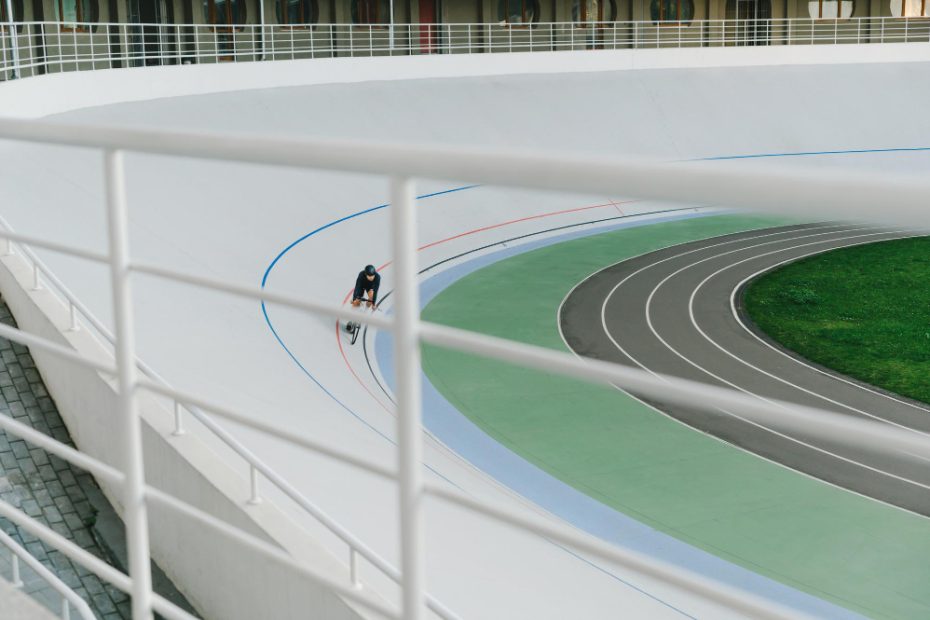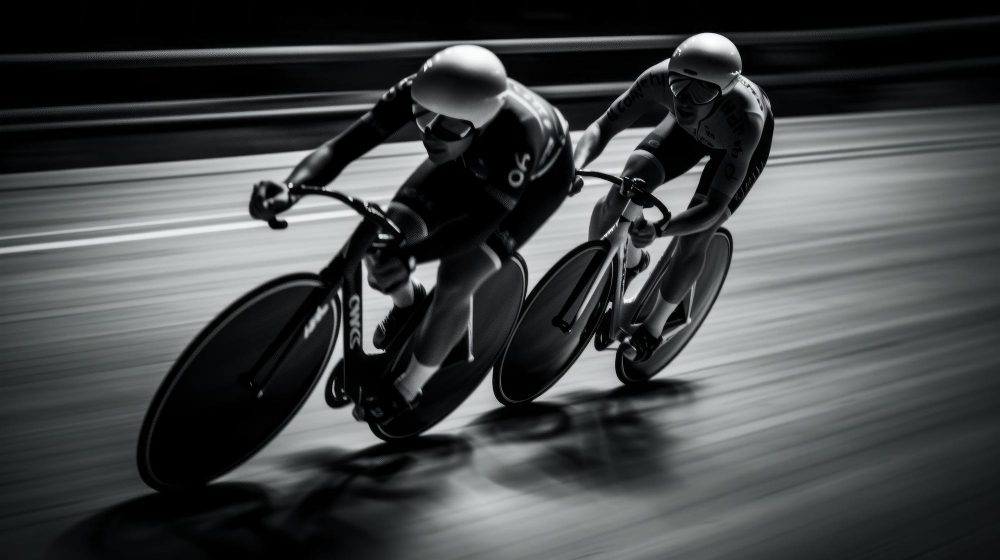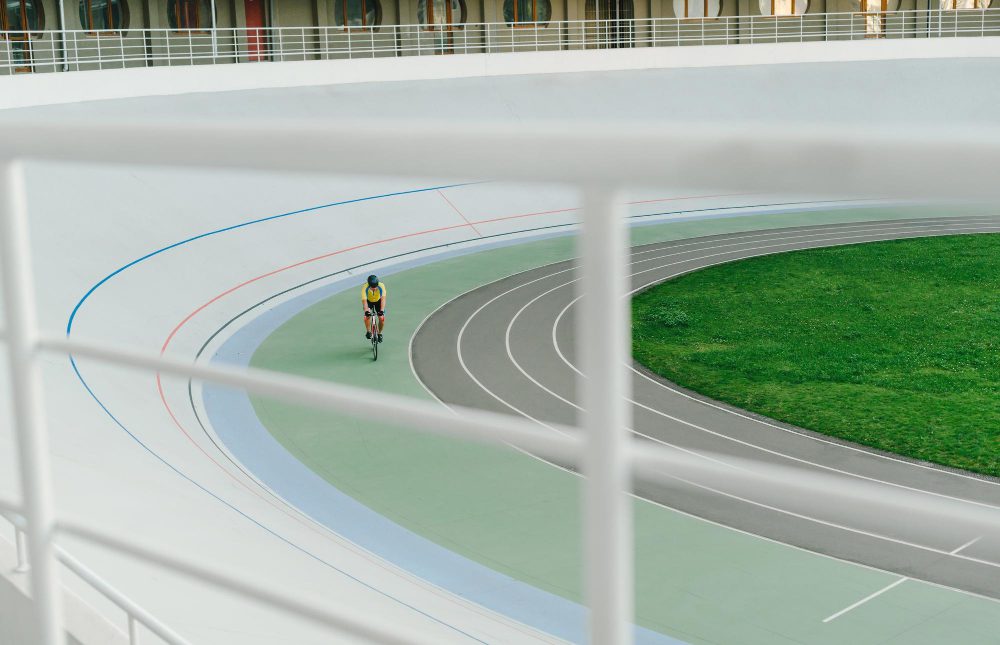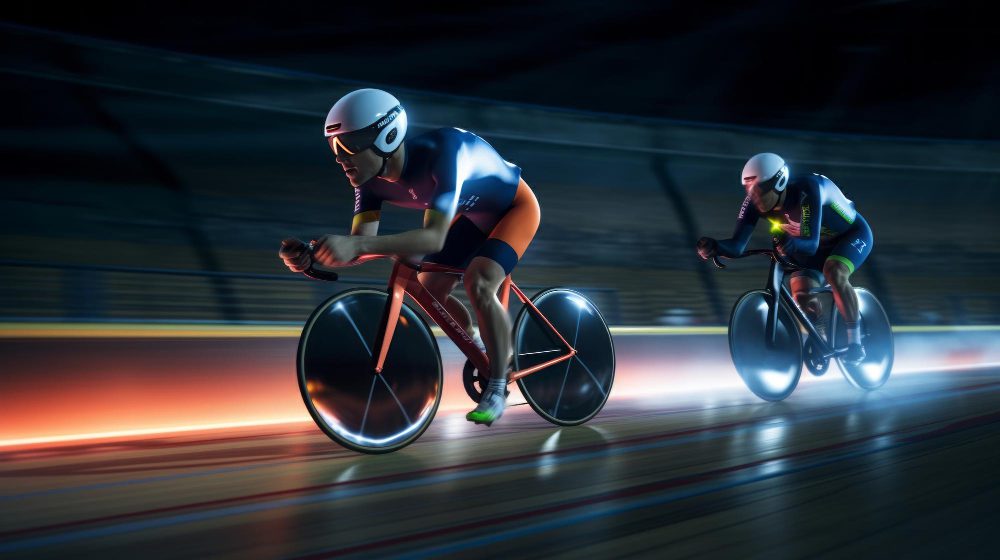Why do sprint cyclists have big legs?
Sprint cyclists are known for their impressive leg muscles, often characterized by their size and strength. These athletes possess incredible power and speed, allowing them to excel in short-distance races and sprints. The development of their large leg muscles is a result of various factors including genetics, training methods, and biomechanics.
The importance of leg muscles in sprint cycling
In sprint cycling, leg muscles play a crucial role in generating the force required to pedal with maximum power and efficiency. The ability to produce explosive power during sprint events relies heavily on the development of the major leg muscles, particularly the quadriceps, hamstrings, and calves.
The quadriceps, located at the front of the thigh, are responsible for extending the knee and generating downward force on the pedals. They are heavily involved in pushing down on the pedals during a sprint. On the other hand, the hamstrings, located at the back of the thigh, assist in the flexion of the knee and provide balance during the pedal stroke.
Calf muscles, specifically the gastrocnemius and soleus, aid in providing additional power and control during a sprint. These muscles help with ankle extension, which is essential for maintaining optimal pedaling technique and generating force through the entire pedal stroke.
Genetics and muscle fiber composition
One of the key factors contributing to the development of big leg muscles in sprint cyclists is genetics. Individuals with a higher proportion of fast-twitch muscle fibers tend to have an advantage in explosive activities such as sprinting. Fast-twitch fibers have a greater capacity for force production but fatigue more quickly compared to slow-twitch fibers.
While genetics provide a foundation, sprint cyclists also engage in targeted training to further enhance their muscle development. Their training programs typically include a combination of strength training exercises, such as squats and leg presses, specific sprint intervals on the bike, and plyometric exercises to improve explosive power.
Training methods and adaptations
Sprint cyclists follow rigorous training programs that focus on developing both power and endurance. These programs often involve high-intensity interval training (HIIT) sessions, which consist of short bursts of maximum effort followed by periods of recovery. This type of training stimulates the growth and hypertrophy of muscle fibers, leading to increased muscle mass and strength.
The repeated power outputs required during sprints also result in the growth of these leg muscles over time. As the muscles experience high levels of stress, they adapt by increasing in size and strength to meet the demands imposed upon them. This adaptation process is known as muscular hypertrophy.
“Sprint cyclists undergo intense training that places significant stress on their leg muscles, resulting in hypertrophy and the development of big legs.”
Biomechanics and mechanical advantage
Another factor contributing to the development of big leg muscles in sprint cyclists is their biomechanics. These athletes utilize a technique called “ankling,” which involves pointing the toes downward at the bottom of the pedal stroke and pulling up with the hamstrings and calves during the upward phase.
This ankling action allows sprint cyclists to engage additional muscles and apply force throughout the entire pedal revolution, maximizing power output. This style of pedaling requires significant strength and coordination from the leg muscles, leading to their growth and development over time.
In summary
The development of big leg muscles in sprint cyclists is the result of a combination of factors including genetics, targeted training methods, and biomechanics. These athletes undergo intense training programs that stimulate muscular hypertrophy, leading to increased muscle mass and strength. The ability to generate explosive power through the leg muscles is essential for sprinting at high speeds and achieving success in short-distance races.
What is Cyclist Syndrome?
Cyclist syndrome, also known as iliotibial band (ITB) syndrome, is a common injury that affects many cyclists. It occurs when the iliotibial band, a thick band of fibrous tissue that runs along the outside of the thigh, becomes tight or inflamed. This can cause pain and discomfort in the knee and hip, making it difficult for cyclists to continue riding.
Symptoms and Causes
The main symptom of cyclist syndrome is pain on the outside of the knee, which may worsen during activities such as cycling or running. Other symptoms can include swelling, a clicking or popping sound in the knee, and difficulty bending or straightening the leg. The condition is often caused by repetitive motion, such as cycling long distances without proper stretching or warm-up exercises.
Treatment and Prevention
Treating cyclist syndrome involves a combination of rest, physical therapy, and lifestyle changes. It is important to avoid activities that aggravate the condition and to allow the affected area to heal. Physical therapy exercises can help stretch and strengthen the muscles surrounding the IT band, reducing strain on the knee. Additionally, using ice packs and taking nonsteroidal anti-inflammatory drugs (NSAIDs) can help alleviate pain and reduce inflammation.
Preventing cyclist syndrome is key to enjoying pain-free cycling. It is important to warm up before each ride and to incorporate stretching exercises that target the IT band and surrounding muscles. Gradually increasing mileage and intensity can also help prevent overuse injuries. Ensuring proper bike fit and using appropriate gear, such as padded shorts and supportive shoes, can further reduce the risk of developing cyclist syndrome.
Cyclist syndrome can be an unfortunate setback for avid cyclists, but with proper treatment and prevention strategies, it can be managed effectively, allowing individuals to continue enjoying their favorite sport.



